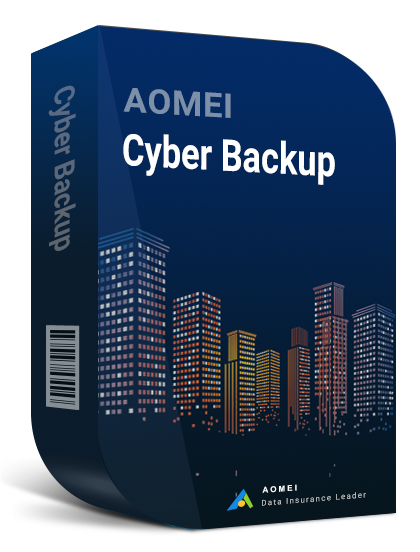Importance of Local Backups
In today's digital landscape, where data is king, ensuring the safety and accessibility of your files is paramount. While cloud storage solutions like Google Drive offer convenience and scalability, relying solely on the cloud can leave your data vulnerable to various risks, including accidental deletions, file corruption, and service outages. This is where creating local backups comes into play.
Local backups serve as a crucial safety net, providing an additional layer of protection for your valuable data. By storing copies of your files on your local device or network-attached storage (NAS), you can mitigate the risk of data loss and ensure quick access to your files, even in the absence of an internet connection. Whether it's a hardware failure, a software glitch, or a malicious attack, having a local backup ensures that your data remains safe and accessible at all times.
Understanding Google Drive File Stream
Google Drive File Stream is a desktop application that enables users to access and manage their Google Drive files directly from their computer. Unlike traditional syncing solutions, such as Google Backup and Sync, File Stream operates as a virtual drive, providing on-demand access to files without consuming local storage space. This makes it an ideal solution for users who need to access large amounts of data without sacrificing precious disk space.
Methods for Google Drive File Stream Local Backup
Method 1: Using Google Drive File Stream Backup and Sync
One of the easiest ways to create local backups with Google Drive File Stream is to utilize the Backup and Sync feature. This feature allows you to synchronize selected folders from Google Drive to your local device, ensuring that copies of your files are readily available offline. To set up Backup and Sync, simply download and install the application, sign in with your Google account, and choose the folders you wish to sync to your local device. Once configured, Backup and Sync will automatically keep your selected folders in sync, ensuring that your files are always up to date and accessible offline.
Method 2: Manual Backup Using File Explorer or Finder
Alternatively, you can manually backup your Google Drive files by navigating to the File Stream drive in File Explorer (Windows) or Finder (Mac). From here, you can simply copy and paste files or drag them to a local directory of your choice. While this method requires more manual effort compared to Backup and Sync, it offers greater flexibility and control over the backup process. You can choose to backup specific files or folders, organize them according to your preferences, and even encrypt sensitive files for added security.
Automating Local Backups
To streamline the backup process and ensure consistency, consider automating the creation of local backups using scheduled tasks or third-party backup software. Many backup solutions offer advanced features such as incremental backups, versioning, and encryption, making them ideal for managing large amounts of data efficiently. By scheduling regular backups, you can ensure that your data is always backed up and up to date, without the need for manual intervention.
Best Practices for Local Backups
Regularly review and update your backup strategy to accommodate changes in your data storage needs. As your data grows and evolves, so too should your backup strategy.
Encrypt sensitive files before creating local backups to protect them from unauthorized access. This is especially important if you're storing sensitive or confidential information on your local device.
Test your backup files periodically to verify their integrity and ensure they can be successfully restored when needed. There's nothing worse than discovering that your backup files are corrupted or incomplete when you need them most.
Store backup copies in multiple locations to mitigate the risk of data loss due to hardware failures or disasters. Ideally, you should store backups in both on-site and off-site locations to ensure redundancy and resilience.
Conclusion
In conclusion, creating local backups of your Google Drive files using Google Drive File Stream is a straightforward process that offers added peace of mind. By following the methods outlined in this guide and adhering to best practices, you can ensure that your data remains safe, secure, and accessible, regardless of unforeseen circumstances. Don't wait until it's too late – start backing up your files today!



